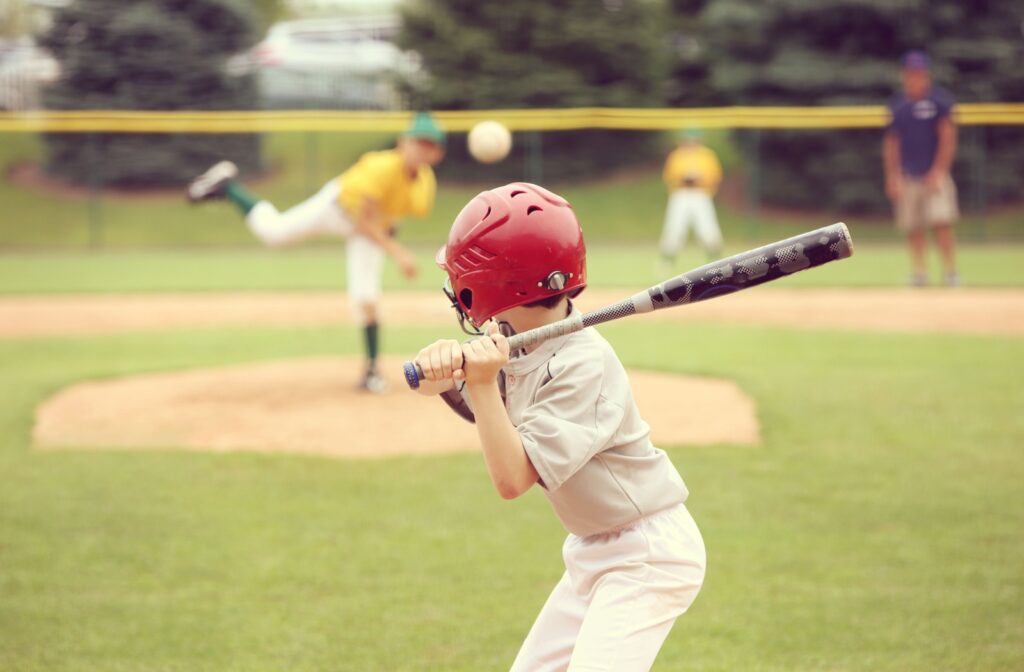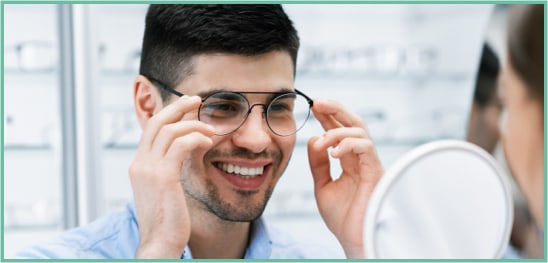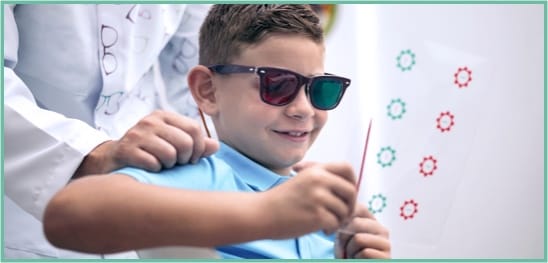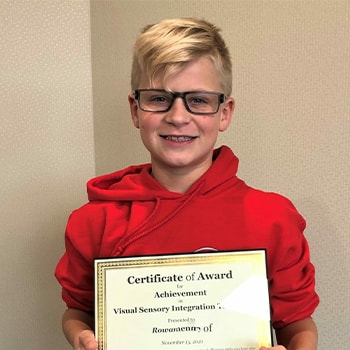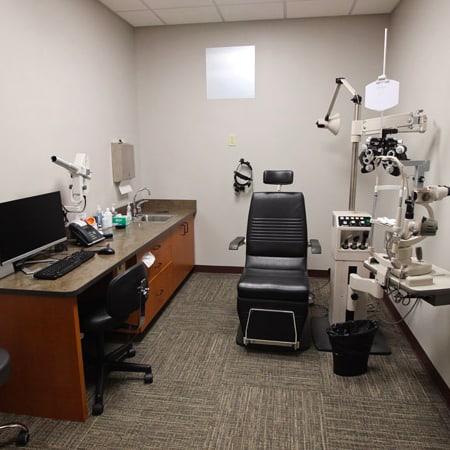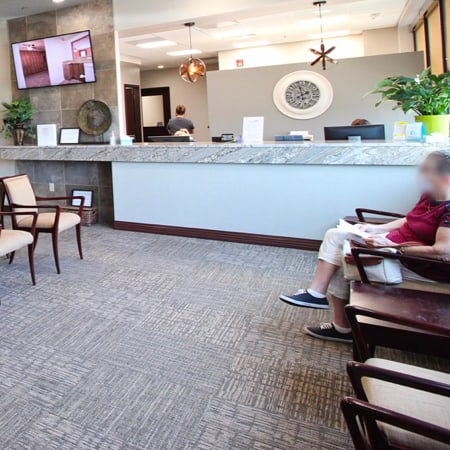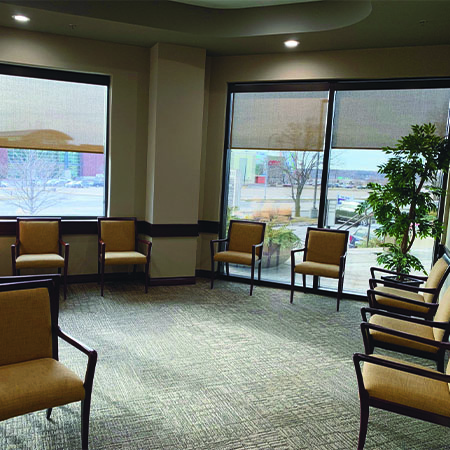Athletic ability isn’t just about strength, speed, or stamina. Vision also plays a major role in how young athletes perform, react, and compete.
Sports vision therapy helps athletes improve visual skills like tracking, depth perception, and reaction time, giving them a clear edge on and off the field.
Even the most physically talented kids can struggle with performance if their visual system isn’t functioning at its best. By training the eyes and brain to work together more efficiently, sports vision therapy can unlock untapped potential and help young athletes thrive in their sport.
What Is Sports Vision Therapy?
Sports vision therapy is a specialized program designed to improve the vision skills athletes need to excel in their sport. Unlike a traditional eye exam that focuses on detecting visual acuity (like whether your child requires glasses to see clearly), sports vision therapy digs deeper into how the eyes and brain work together.
It addresses areas such as hand-eye coordination, depth perception, visual reaction time, peripheral awareness, and focus endurance. This allows athletes to train their eyes, much like they would train their muscles. Such targeted training can be fun, engaging, and tailored to suit a person’s age, sport, and performance level.
Why Vision Matters for Athletes
“Keep your eye on the ball” may sound like simple advice, but it underscores how important vision is to sports performance. The ability to react quickly to a soccer pass, accurately judge the distance to a basketball hoop, or stay focused during a fast-paced tennis match all rely on vision skills.
When these visual functions are underdeveloped or strained, young athletes may struggle to perform at their best, even if their physical abilities are top-notch. That’s why improving vision can be a game-changer: it can mean the difference between missing an important play or making a game-winning move.
Common Vision Skills That Impact Sports
- Eye coordination: Important for catching, throwing, or hitting objects.
- Depth perception: Important for judging distances quickly and accurately.
- Peripheral awareness: Allows athletes to notice movement or objects outside their direct line of sight.
- Focus and tracking: Important for following fast-moving objects like a ball.
- Reaction time: Helps athletes respond immediately to stimuli like a sudden pass or sprint signal.
Together, these skills create the visual foundation needed for fast, precise, and confident decision-making during play. Each of these factors can be improved with sports vision therapy, offering advantages in competitive settings.
How Sports Vision Therapy Benefits Young Athletes
Here are some ways sports vision therapy can help young athletes gain a competitive edge and perform at their highest potential:
Boosts On-Field Performance
Clear and responsive vision directly translates into better game-time execution. Athletes can anticipate plays, react faster, and adapt to dynamic scenarios with ease.
Reduces Risk of Injury
Improving visual awareness, especially peripheral vision and depth perception, can help young athletes avoid collisions, missteps, or other accidents that lead to injuries.
Builds Confidence
When athletes are sure they can track the ball, anticipate a move, or gauge distances accurately, their confidence soars. Greater confidence often translates into more effective and consistent performance.
Customizable for Every Sport
Whether your child plays soccer, baseball, tennis, or any other sport, sports vision therapy can be tailored to target vision skills specific to their unique athletic requirements.
Prepare for High-Level Play
For competitive athletes aiming to take their game to higher levels, refined vision skills can be a major differentiating factor that sets them apart during tryouts, training, and tournaments. In fact, many college and professional programs now recognize sports vision as a key part of athlete development.

How Sports Vision Therapy Works
At Heartland Eye Consultants, we take a personalized approach to sports vision therapy to address the specific needs and goals of each individual. A typical process might include the following steps:
Step #1: Athlete’s Exam
We begin with a comprehensive assessment to evaluate how well an athlete’s eyes are functioning, including acuity, tracking, reaction speed, and visual processing. This step helps us identify areas for improvement.
Step #2: Personalized Vision Training Program
Based on the initial exam, we develop a customized training regimen. Training exercises and tools may include light boards, computer-based programs, focus drills, and manual tasks.
Step #3: Ongoing Monitoring & Adjustments
We monitor progress closely to help make sure that the training is effective. Adjustments are made as needed to keep the therapy aligned with performance goals.
Step #4: Performance Feedback & Long-Term Impact
Once the training is complete, athletes often see improvements not only in their sports performance but also in academics and other areas that require sustained focus and visual coordination.
Helping Athletes See & Perform Better
Whether your child is aiming for their first championship or simply wants to feel more confident on the field, sports vision therapy can make all the difference. Are you ready to help your young athlete reach new heights? Start by scheduling an eye exam with Heartland Eye Consultants today.


